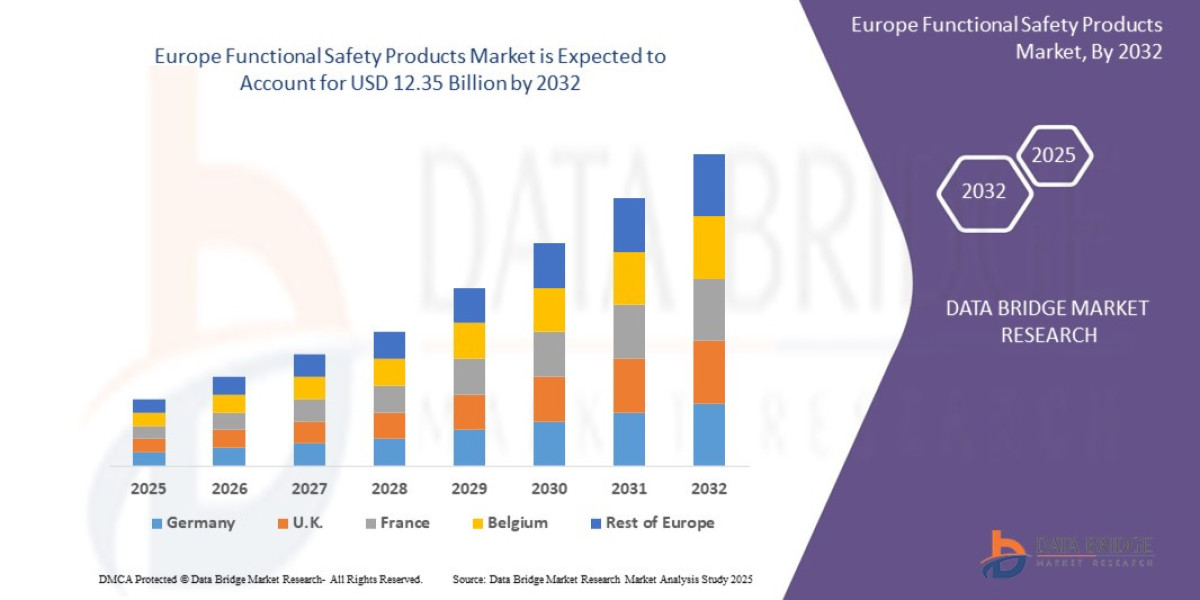Introduction: Critical Support for Animal Companions
Just as in human medicine, critical illnesses, complex surgeries, and severe respiratory conditions can compromise an animal's ability to breathe effectively on its own. When an animal patient's lungs are unable to provide sufficient oxygen or remove carbon dioxide, the intervention of a veterinary ventilator becomes not just beneficial, but often life-saving. These sophisticated medical devices are specifically designed to assist or take over the breathing process for animals, ensuring adequate ventilation and oxygenation. The deployment of veterinary ventilators signifies a remarkable advancement in animal healthcare, enabling veterinarians to provide a level of intensive care that was once unimaginable, thereby improving outcomes for beloved animal companions across various species.
Understanding Veterinary Ventilators and Their Function
A veterinary ventilator is a medical device that provides mechanical ventilation by moving breathable air into and out of the lungs, delivering oxygen to the alveoli and removing carbon dioxide. Its primary purpose is to support or fully take over the respiratory function of an animal that is unable to breathe adequately on its own due to illness, injury, or during anesthesia.
The working principle of a ventilator involves controlling the volume and pressure of air delivered to the patient. Modern veterinary ventilators typically offer various ventilation modes, which can be adapted to the specific needs of the animal patient:
- Volume-Controlled Ventilation: The ventilator delivers a set volume of air with each breath, regardless of the pressure required.
- Pressure-Controlled Ventilation: The ventilator delivers air until a set pressure is reached, allowing the animal's lungs to take in as much volume as possible within that pressure limit.
- Synchronized Intermittent Mandatory Ventilation (SIMV): This mode allows the animal to breathe spontaneously between mandatory ventilator breaths, helping to wean the patient off full support.
- Pressure Support Ventilation (PSV): The ventilator provides positive pressure support during the animal's spontaneous breaths, making it easier for them to inhale.
A typical veterinary ventilator system includes the main ventilator unit, a patient breathing circuit (tubing that connects the ventilator to the animal via an endotracheal tube), a humidifier to warm and moisten the gases, and various monitoring devices to track respiratory parameters in real-time. These sophisticated systems allow veterinary professionals to precisely control the delivery of oxygen and anesthetic gases, ensuring optimal respiratory support.
Key Applications in Animal Healthcare
Veterinary ventilators are indispensable tools across several critical areas of animal care, signifying a shift towards more advanced and humane treatment:
- Anesthesia and Surgery: During many surgical procedures, especially those that are prolonged, complex, or involve the chest cavity, animals are placed on a ventilator. This ensures that the animal is adequately oxygenated and ventilated while under general anesthesia, maintains stable vital signs, and prevents respiratory complications. It allows the anesthetist to precisely control the depth of anesthesia and respiratory gases.
- Critical Care and Emergency Medicine: For animals suffering from severe respiratory distress, pneumonia, acute lung injury, trauma, or conditions causing neuromuscular weakness (e.g., botulism, severe poisoning), ventilators provide life-sustaining support. In intensive care units (ICUs), they are used to stabilize patients, allow time for underlying conditions to be treated, and facilitate recovery of spontaneous breathing.
- Post-Operative Recovery: Following major surgeries, particularly thoracic or neurological procedures, animals may require temporary ventilatory support to ensure smooth recovery and prevent complications related to impaired breathing.
- Management of Respiratory Failure: Whether due to cardiac issues leading to pulmonary edema, severe asthma, or other lung diseases, ventilators can manage acute or chronic respiratory failure, providing essential time for diagnosis and treatment.
- Neurological Conditions: Animals with severe head trauma, spinal cord injuries, or neurological diseases that affect the respiratory drive may require mechanical ventilation to maintain life functions.
Benefits and Advancements in Technology
The integration of veterinary ventilators into animal hospitals and clinics brings numerous benefits. Foremost is improved patient safety by ensuring consistent and adequate oxygenation and ventilation, especially during prolonged procedures or in critical conditions. This leads to better patient outcomes and increased survival rates for animals with severe respiratory compromise. Ventilators allow for precise control over anesthetic gas delivery, enhancing the safety of anesthesia. They also free up veterinary staff who would otherwise be manually ventilating animals, optimizing resource utilization in busy practices.
The field of veterinary ventilation is seeing continuous innovation. Trends include:
- Increased Portability and Compact Design: Development of smaller, more mobile ventilators that can be easily transported within a clinic or even to emergency sites, expanding access to critical care.
- Species-Specific Settings: Advanced ventilators are offering more specialized modes and settings tailored to the unique respiratory physiology of different animal species (e.g., small mammals, birds, reptiles, large animals), optimizing care delivery.
- User-Friendly Interfaces: More intuitive touchscreens and simplified controls are making these sophisticated devices easier for veterinary professionals to operate.
- Enhanced Monitoring Capabilities: Integration of advanced patient monitoring systems (e.g., capnography, spirometry) directly into the ventilator, providing real-time detailed insights into the animal's respiratory status.
- Smart Features and Automation: Emerging technologies, potentially including AI-driven algorithms, could assist in optimizing ventilation parameters automatically, or providing alerts based on predictive analytics, further improving patient management.
- Cost-Effective Solutions: Efforts to develop more affordable yet highly functional ventilators are making this critical technology accessible to a broader range of veterinary practices.
Conclusion: Elevating the Standard of Animal Care
Veterinary ventilators represent a crucial leap in the capabilities of animal medicine, allowing veterinary professionals to provide advanced respiratory support that was once exclusive to human healthcare. By enabling precise control over breathing, safeguarding patients during surgery, and sustaining life in critical conditions, these devices are directly contributing to enhanced patient safety and improved recovery rates for countless animal companions. As technological advancements continue to make ventilators more accessible, versatile, and intelligent, they will undoubtedly continue to elevate the standard of care, ensuring that every creature, large or small, has the best possible chance at a healthy life.
Explore our latest reports
? Stay ahead in the healthcare industry. Browse our latest insights now!
About Market Research Future (MRFR)
Market Research Future (MRFR) is a global market research firm that provides comprehensive insights into market trends, drivers, challenges, and opportunities. We offer a broad range of market intelligence reports and consulting services to help businesses and enterprises in various industries make informed decisions
Media Contact:
Market Research Future (MRFR)
Phone: +1-646-845-9312
Email: contact@marketresearchfuture.com
Website: marketresearchfuture








